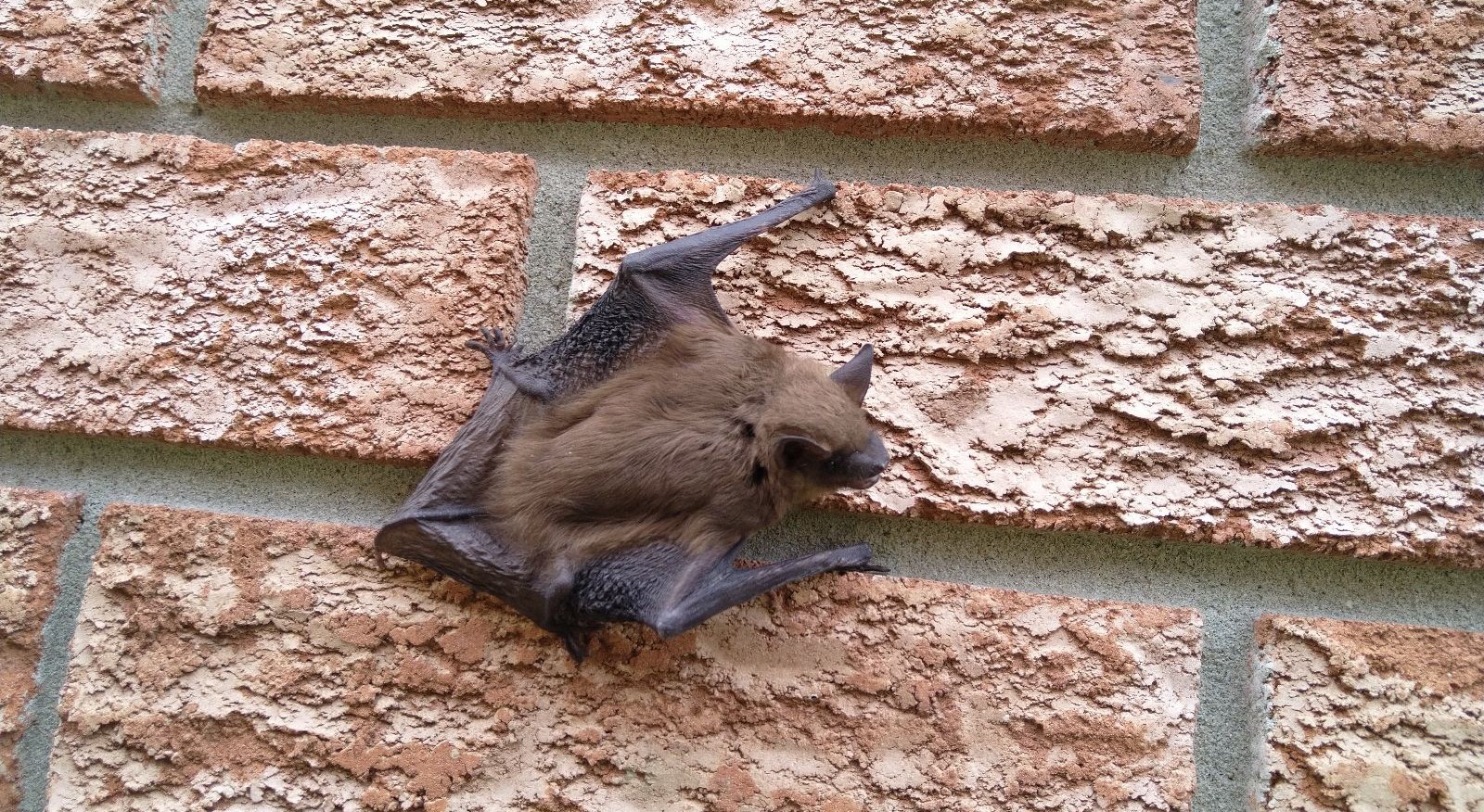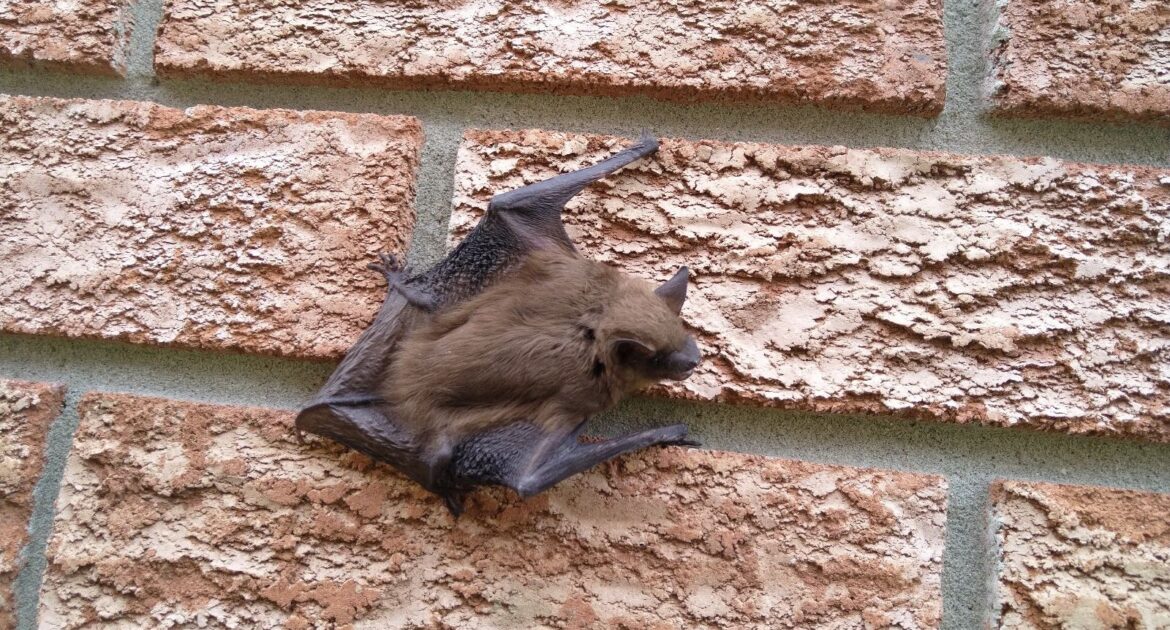Animal rabies risks are soaring in Ontario, with cases jumping 60% last year. This concerning surge isn’t just a statistic; it’s a serious reminder of the dangers rabies poses to your family. Recent data from the Canadian Food Inspection Agency (CFIA) revealed that all 90 reported cases in 2024 involved bats. Tragically, this increase coincided with the first rabies-related death in nearly 60 years in Ontario. An 11-year-old Brantford boy passed away after encountering a rabies-carrying bat in his sleeping quarters.
This sobering story highlights why understanding animal rabies risks is essential for keeping your family safe. Rabies spreads through bites or scratches from infected animals, and once symptoms start, it is almost always fatal. The good news is that you can take steps to protect your loved ones. This article will explain rabies risks, provide practical rabies family safety tips, and describe how Skedaddle Humane Wildlife Control’s humane services help prevent rabies from wildlife in Hamilton.
The Serious Risks of Rabies
Rabies is one of the deadliest diseases in the world. It spreads when infected animals bite, scratch, or transfer saliva onto a person’s open wound or mucous membranes. Even contact with a rabid animal’s saliva through minor cuts or scrapes can lead to infection. Bats, in particular, are a primary carrier of rabies in Ontario, making them a significant concern when they find their way into your home.
Rabies attacks the central nervous system. Once symptoms appear, such as fever, confusion, or difficulty swallowing, the disease is almost always fatal. The tragic case of the Brantford boy shows just how quickly and silently rabies can take hold. His family was unaware of any bite marks, underscoring an important fact: bat encounters often result in contact you may not even notice.
This is why animal rabies risks should never be ignored. Even the smallest wildlife problem can have life-threatening consequences. Preventing rabies from wildlife is crucial to protect your loved ones from this silent killer.
What You Can Do to Keep Your Family Safe
You don’t have to wait for a close call to protect your family from rabies. Use these practical rabies family safety tips to reduce the risk of exposure to rabid animals and keep your home secure.
Avoid Contact With Wildlife
Encounters with wildlife, especially bats, can happen anywhere—even in urban areas like Hamilton. Stay vigilant by teaching your family, especially children, to avoid approaching animals like bats, raccoons, and skunks.
- If you notice a bat in your home or yard, don’t try to handle it yourself.
- Teach kids about the dangers of rabies and what to do if they see a bat, such as alerting an adult immediately.
Secure Your Home
Wildlife can sneak into your home through surprisingly small openings. Bats only need a gap the size of a dime to enter.
- Seal up any cracks or holes in your roof, walls, or attic.
- Install screens on windows, vents, and chimneys to block entry points.
- Use one-way doors, like those offered by Skedaddle Humane Wildlife Control. These devices allow wildlife to leave without letting them return, keeping them permanently out.
Vaccinate Pets
Even indoor pets can come into contact with wildlife, so keeping their rabies vaccinations up to date is critical. This protects your pets and acts as an extra layer of defence for your family.
Be Proactive After Wildlife Encounters
If anyone in your family is bitten or scratched by a bat, raccoon, or any other animal, acting quickly is vital.
- Wash the wound with soap and water.
- Contact your physician for medical advice and possible rabies vaccination.
- If you find a bat indoors, do not release or discard it. Safely capture it (if possible) for rabies testing by a professional.
Why Bats Are a Critical Concern
Bats play a significant ecological role in controlling insects, but their potential to carry rabies makes them dangerous. According to inspections across Ontario, as many as 16% of bats tested are positive for rabies, significantly higher than in past years. With just a dime-sized hole, bats can sneak into your attic, basement, or vents, creating a potential risk for your family.
Hamilton homeowners must be especially vigilant. Once bats invade your home, they can become a hidden threat. Rabies exposure doesn’t always require a visible bite, and merely touching a bat may be enough to transmit the virus. This is why it’s critical to address any wildlife invasion immediately.
How to Keep Wildlife Out of Your Home
Securing your home is one of the best ways to prevent rabies from wildlife. Removing the conditions that attract bats and other creatures is key to keeping them at bay.
- Seal Entry Points: Look for gaps in your roof, foundation, and walls. Bats only need a tiny opening to enter.
- Install One-Way Doors: These devices allow bats to leave your home but prevent them from coming back. Skedaddle Humane Wildlife Control specializes in using this humane and effective technique.
- Maintain Outdoor Spaces: Trim overhanging trees and remove clutter near your home to discourage wildlife.
By making these changes, you can lower the risks of wildlife encounters and the potential for rabies exposure.
Prevention Strategies for Safety
Routine home inspections help ensure your home stays wildlife-free. Check for signs of animal activity, such as droppings, scratches, or sounds in attics or walls. If you spot any signs of wildlife, act promptly to avoid more complex problems.
- Look for small holes or gaps as potential entry points.
- Monitor your attic regularly, as it’s a common hotspot for bats.
Prevention also means teaching children about the dangers of wildlife. Kids are often curious, so it’s important they know the risks of touching or approaching bats and other animals. Make sure they understand the signs of wildlife activity in your home and know when to alert an adult.
Need Professional Help?
Despite all the steps you take, wildlife can still become an issue. That’s why professional services like Skedaddle Humane Wildlife Control in Hamilton are vital. Experts know how to safely remove wildlife without causing harm to the creatures or your family. Using one-way door systems, they can evict bats and ensure they don’t return. These methods are effective, humane, and eliminate the threat of rabies in your home.
Key Safety Guidelines
Protecting your family from animal rabies risks is about staying proactive. Here’s a summary of what to do:
- Teach kids to stay away from wildlife and report sightings immediately.
- Seal all entry points into your home, especially in attics and basements.
- Get pets vaccinated regularly to maintain a strong line of defence.
- Contact professionals if you suspect wildlife has entered your home.
These precautions don’t just prevent rabies from wildlife; they bring peace of mind knowing your family is safe at home.
Protect Your Family, Protect Your Home
Animal rabies risks are on the rise, and the stakes couldn’t be higher. Protecting your family means staying alert, taking preventive measures, and acting quickly when wildlife poses a threat. Bat-related rabies cases in Ontario have reached alarming levels, but with the right actions, this risk can be managed.
Skedaddle Humane Wildlife Control in Hamilton is here to help. With their expertise and humane approach, they can remove wildlife from your home and prevent future problems. Request an estimate today to learn more about keeping your home safe. Don’t wait until it’s too late to act. The safety of your family is worth it.




